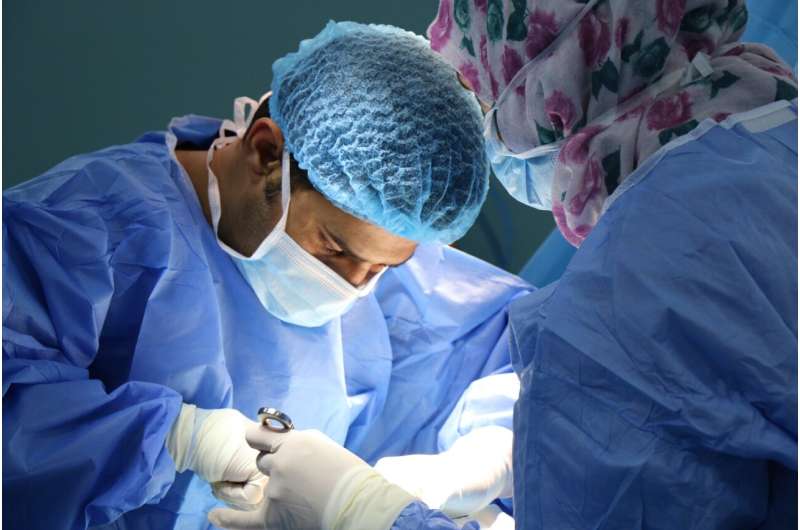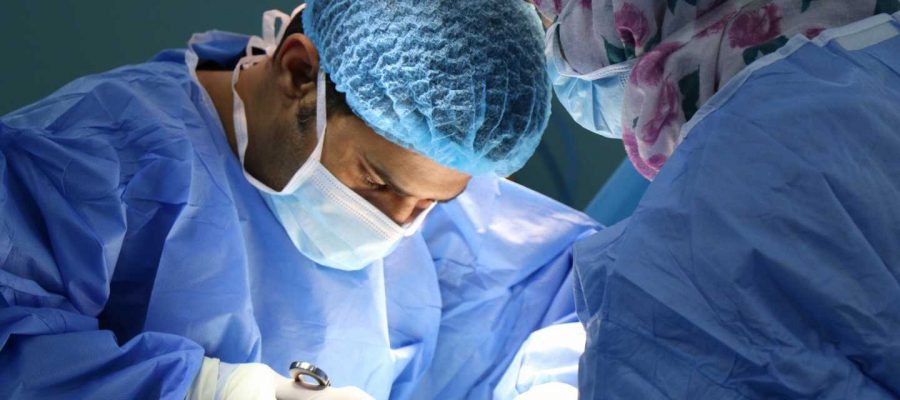
Research led by Trinity College has found that a regulation which came into effect in May 2021 with the aim of improving the oversight of medical devices in Ireland is leading to unintended consequences which may put some surgeries for children, and the treatment of rare diseases, at risk. The study has been published in the journal Pediatric Cardiology.
Medical devices include a great diversity of technologies, which are evaluated and approved in the European Union (EU) according to a revised law that came into effect on 26 May 2021, known as the Medical Device Regulation or MDR (EU 745/2017). It has a transition period that allows products that were approved under the previous rules (the EU Medical Device Directives) to continue to be marketed until 26 May 2024 at the latest. As a result of a series of unforeseen factors, there is a possibility that the MDR may result in products becoming unavailable, with the consequent risk of a loss of some interventions that are reliant upon those devices. Devices that are used for orphan or pediatric indications are particularly vulnerable to this.
Tom Melvin, associate professor of medical device regulatory affairs, School of Medicine, Trinity College, said,
“The Medical Device Regulation came into effect in May 2021 with the aim of replacing the previous rules in place since the 1990’s and improving the safety of medical devices, in addition to supporting the introduction of innovative technologies. Due to a series of challenges in implementing these new rules, there is a risk that devices used for the treatment of rare diseases and children may be withdrawn from the market. If even a handful of devices leave the market, this can lead to serious implications for the surgical options that are available, and in some cases, this may lead to avoidable harm.”
The paper provides an example of one device, the Rashkind balloon catheter, first developed by Dr. William Rashkind in 1966 to open the upper chambers in the heart in neonates with congenital heart disease. A number of these balloons were once available in Europe and now there is only one. This device may become unavailable next year. If this happens, it will not be possible to continue this procedure, and alternative surgeries or treatments are far less optimal. The paper also describes the timeline and cost of bringing the device to market in the EU, the U.S. and Canada, and the cost and time needed to access the EU market has become much greater.
Researchers believe there is now an urgent need for policy to be developed to protect essential medical devices for orphan indications and for use in children, to ensure that necessary interventions can continue, and to ensure a more sustainable system in Europe over the longer term. Clinicians in Europe need to be aware that particular medical devices may become unavailable over the next two years, and they should contribute to plans to mitigate this risk, so that they can continue to deliver the best possible care for their patients.
Source: Read Full Article
